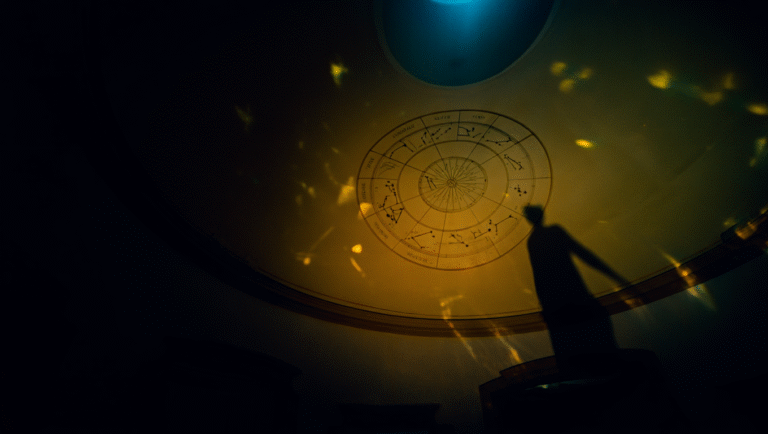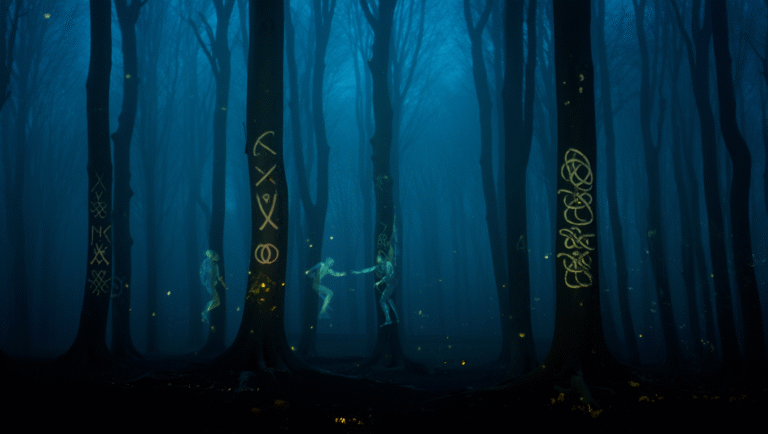What the Celtic Horoscope Taught Me About Teams
If you’d told my twenty-something self that one day I’d be using ancient Celtic horoscopes to help decode modern team dynamics, I’d have laughed you out of the conference room. But here we are. I’ve spent over a decade helping professionals find practical wellness tools, and I keep coming back to this: modern teams are more complex than ever, and sometimes, a little ancient wisdom can be surprisingly relevant.
Why Celtic Horoscope? (And What Is It Anyway?)
First, let’s clear up a myth: the Celtic “horoscope” isn’t about predicting your fate with mystical clouds and druids chanting in the woods. It’s a symbolic system based on the Ogham calendar, where each sign is associated with a tree, its characteristics, and the season it represents.
Think of it like a blend of zodiac signs and personality frameworks (hello, MBTI fans), but with more roots and branches—literally. There are 13 Celtic signs, each linked to a specific tree: Birch, Rowan, Ash, Alder, Willow, Hawthorn, Oak, Holly, Hazel, Vine, Ivy, Reed, and Elder.
“The Celtic tree signs don’t tell you who you’ll marry or when to buy a lottery ticket. They spotlight core strengths, challenges, and—most usefully for teams—how we show up with others.”
Case Study: The Birch & The Oak—When Opposites Collide
Let’s take a real example from last year. I worked with a creative agency (let’s call them Green Leaf Studio), struggling with friction between two project leads:
- Anna (Birch sign): Known for bold ideas, quick starts, and a drive to innovate.
- Marcus (Oak sign): Grounded, methodical, steady, and sometimes stubborn about process.
Their boss described them as “a hurricane meeting a stone wall.” Productivity was tanking. But when I introduced the Celtic sign framework—not as a woo-woo label, but as a lens for communication styles—something shifted.
Applying Celtic Signs to Team Dynamics: A 15-Minute Process
You don’t need a shamanic retreat or a DNA test to try this. Here’s how to run a quick Celtic sign assessment with your team (or even just yourself):
Step 1: Find Your Celtic Sign (2 minutes)
Use a simple online calculator (like celtic-horoscope.com). All you need is your birthday. Record your tree sign.
Step 2: Share & Compare (5 minutes)
- Ask team members to share their sign and read a short description (there’s plenty online, but I like this resource).
- Discuss: Which parts resonate? Which don’t?
Step 3: Map Strengths & Blind Spots (5 minutes)
- Have everyone jot down one strength and one challenge from their tree sign.
- On a whiteboard or shared doc, make two lists: “Our team’s unique strengths” and “Our potential blind spots.”
Step 4: Action Steps (3 minutes)
- Decide on one simple shift: Maybe Birches get space to kick off brainstorming, while Oaks anchor timelines.
- Check in weekly—adjust as needed. No drama, no magical thinking required.
Quick Reference Table: Celtic Tree Signs for Teams
| Name | Key Strength | Challenge | Best Team Role | Famous Example |
|---|---|---|---|---|
| Birch | Initiative | Impatience | Idea Generator | J.K. Rowling |
| Oak | Stability | Rigidity | Project Manager | Sir David Attenborough |
| Willow | Empathy | Overthinking | Mediator | Paul McCartney |
| Holly | Leadership | Pride | Team Lead | Angela Merkel |
| Hazel | Analysis | Perfectionism | Analyst | Bill Gates |
(These are illustrative examples—don’t @ me if Angela Merkel isn’t actually a Holly.)
Recommended Tools & Resources
- Book: The Celtic Tree Oracle — Beautiful, practical guide to each sign.
Pros: Gorgeous illustrations, clear explanations. Cons: Less focused on workplace application.
Best for: Visual learners, anyone curious about the symbolism. - Deck: The Celtic Tree Oracle Card Set — Great for quick self-check-ins or group icebreakers.
Pros: Easy to use, high-quality cards.
Cons: Might feel “out there” for skeptics.
Best for: Team workshops, personal reflection. - Worksheet: Free PDF from Spirituality & Practice — Simple, printable one-pager for teams.
Checklist: 15-Minute Celtic Team Tune-Up
- ☑ Find your sign using a reliable calculator
- ☑ Share your sign and a quick insight with your team
- ☑ List team strengths and blind spots
- ☑ Pick one practical action (rotate meeting roles, adjust brainstorming, etc.)
- ☑ Set a date to review and tweak
Should You Buy Celtic Horoscope Tools for the Office?
If your team loves creative icebreakers or fresh perspectives, a Celtic oracle deck or guidebook can be a fun, low-stakes way to spark new conversations. But: Don’t force it on skeptics, and remind everyone—it’s a tool, not a rulebook.
Who Will Love This Approach?
- Managers tired of boring personality tests
- Teams with communication hiccups
- Anyone interested in self-awareness (with a side of tree puns)
Who Might Not?
- Ultra-rational types who want hard data, not symbolism
- Teams with zero interest in “soft skills”
Final Thoughts: Ancient Roots, Modern Branches
Honestly, you don’t have to believe in tree spirits to benefit from this. The value is in the conversation: seeing each other’s strengths, laughing at the quirks, and finding new ways to work together. Sometimes, the old roots have the best hacks for modern teams.
Ready to try it? Grab a Celtic deck, schedule a 15-minute team check-in, and see what grows.
Some links in this post may be affiliate. You pay the same price, and this blog may earn a small commission to support future content.







